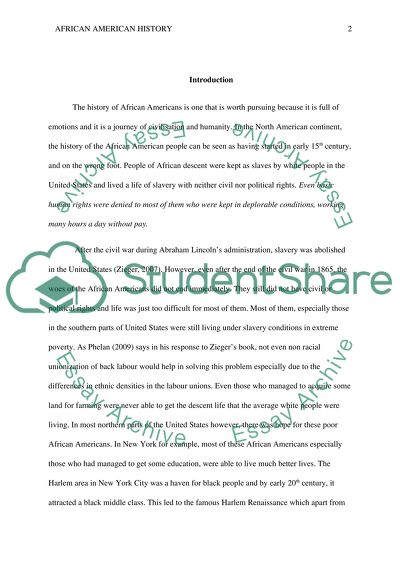Cite this document
(“African American History:the Harlem Renaissance and the Black Power Research Paper”, n.d.)
Retrieved from https://studentshare.org/history/1485877-african-american-historythe-harlem-renaissance-and-the-black-power-era
Retrieved from https://studentshare.org/history/1485877-african-american-historythe-harlem-renaissance-and-the-black-power-era
(African American History:The Harlem Renaissance and the Black Power Research Paper)
https://studentshare.org/history/1485877-african-american-historythe-harlem-renaissance-and-the-black-power-era.
https://studentshare.org/history/1485877-african-american-historythe-harlem-renaissance-and-the-black-power-era.
“African American History:The Harlem Renaissance and the Black Power Research Paper”, n.d. https://studentshare.org/history/1485877-african-american-historythe-harlem-renaissance-and-the-black-power-era.


